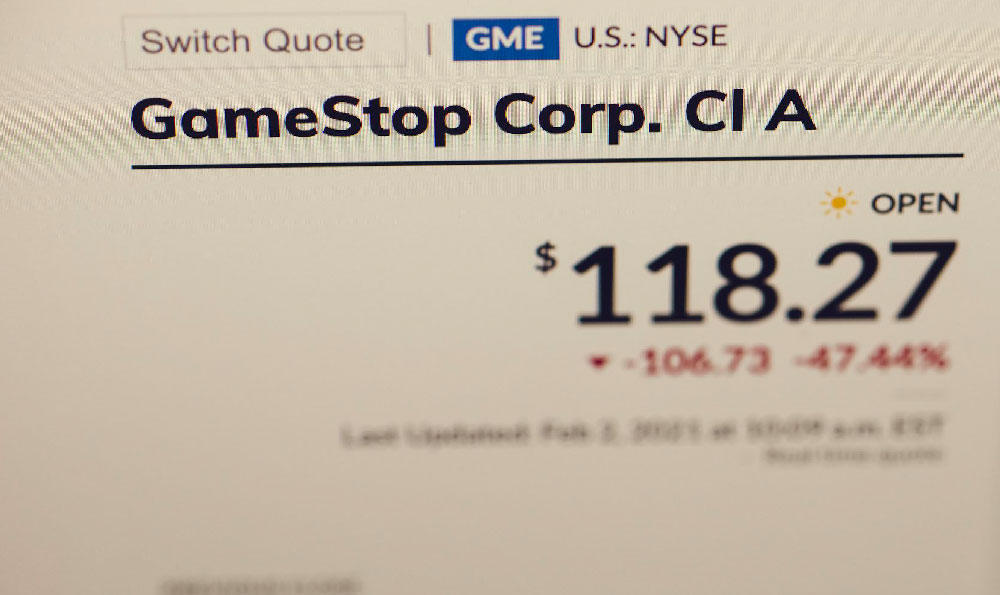YouTube Shorts has emerged as a powerful platform for content creators, offering a unique blend of concise storytelling and algorithm-driven visibility. While its primary appeal lies in its ability to quickly capture attention with short-form videos, the question of whether one can generate substantial income through this medium remains complex. The answer depends on a combination of factors, including the creator's niche, audience engagement, content strategy, and ability to adapt to platform dynamics. Unlike traditional YouTube content, which often relies on longer videos and sustained viewership, Shorts operates in a fast-paced environment where virality and immediate interaction play critical roles in monetization. This shift has created new opportunities, but it also demands a different approach to content creation and business planning.
Monetization through YouTube Shorts is not a straightforward process. The platform currently allows creators to earn money via ad revenue, but the payout per view is significantly lower than that of standard YouTube videos. However, the potential for increased views due to the algorithm's emphasis on short-form content can offset this discrepancy. Additionally, YouTube has introduced features like Super Chat, channel memberships, and brand partnerships specifically for Shorts creators, though these often require a large and loyal audience. For instance, Super Chat donations are typically reserved for creators with 10,000 or more subscribers, while brand collaborations depend on the creator's ability to consistently produce engaging content that aligns with a brand's image. The most reliable path to income, however, remains the integration of Shorts into a broader content ecosystem, where creators leverage their audience growth across both Shorts and longer-form videos to maximize revenue streams.
Success on YouTube Shorts hinges on understanding the platform's algorithm and how it prioritizes content. Unlike traditional YouTube, which focuses on watch time and video quality, Shorts heavily relies on engagement metrics such as click-through rates, watch time, and audience retention within the first few seconds. This means creators must craft compelling openers that hook viewers within the first 3 seconds, often through vibrant visuals, catchy hooks, or timely information. The algorithm also rewards consistency, so maintaining a regular upload schedule is crucial. Furthermore, Shorts are more likely to be recommended to new audiences if they align with the interests of existing subscribers, making community-building an essential component of growth. Creators who focus solely on Shorts without nurturing their main channel may miss out on the broader opportunities that come with a larger, engaged audience.

While the potential for income exists, the process is fraught with challenges. The competitive landscape is intense, with millions of creators vying for attention in a format that demands brevity and novelty. Content saturation in popular niches such as entertainment, beauty, and lifestyle can make it difficult to stand out, requiring creators to differentiate themselves through creativity, authenticity, or specialized knowledge. Additionally, the platform's policies are subject to frequent changes, which can impact monetization strategies. For example, the introduction of new features like "Shorts Priority" has altered how videos are ranked, necessitating continuous adaptation. Time management is another critical consideration—creating high-quality Shorts often requires balancing short production cycles with long-term content planning, a challenge that can deter beginners.
Beyond algorithmic nuances, financial viability depends on diverse monetization strategies. Creators who focus on a single method may struggle to sustain income, as the revenue from ads alone can be unpredictable. Brand partnerships, for instance, are more stable but require a proven track record of engagement and audience trust. Merchandise sales or affiliate marketing can supplement income, but these often demand additional resources such as design skills or access to third-party platforms. Some creators combine Shorts with other YouTube content, using the former to drive traffic to the latter, which generates higher revenue through ads or sponsorships. This hybrid model allows for leveraging the strengths of both formats while mitigating the risks of relying on a single platform.
The financial potential of YouTube Shorts also varies by region and audience demographics. In countries with high internet penetration and a culture of short-form content consumption, such as India or Brazil, creators may see faster growth and more lucrative opportunities. However, in markets where longer-form content remains dominant, success may take longer to materialize. Additionally, the global appeal of the platform means that creators can target international audiences, though this may require localization efforts and cultural sensitivity. The reliance on ads and brand partnerships makes income subject to external factors such as advertising trends and market saturation, which can create instability in earnings.
For those considering YouTube Shorts as a financial endeavor, patience and long-term planning are essential. Building a sustainable income from this platform requires consistent effort, iterative improvements, and a deep understanding of audience behavior. While some creators may achieve significant success within months, most require years of dedication to cultivate a loyal following and refine their strategies. The intersection of Shorts with YouTube's broader ecosystem offers a pathway to success, but it demands a strategic approach that balances short-term gains with long-term growth. Ultimately, YouTube Shorts can be a viable option for monetization, but its effectiveness depends on a creator's ability to navigate its unique challenges and opportunities.












